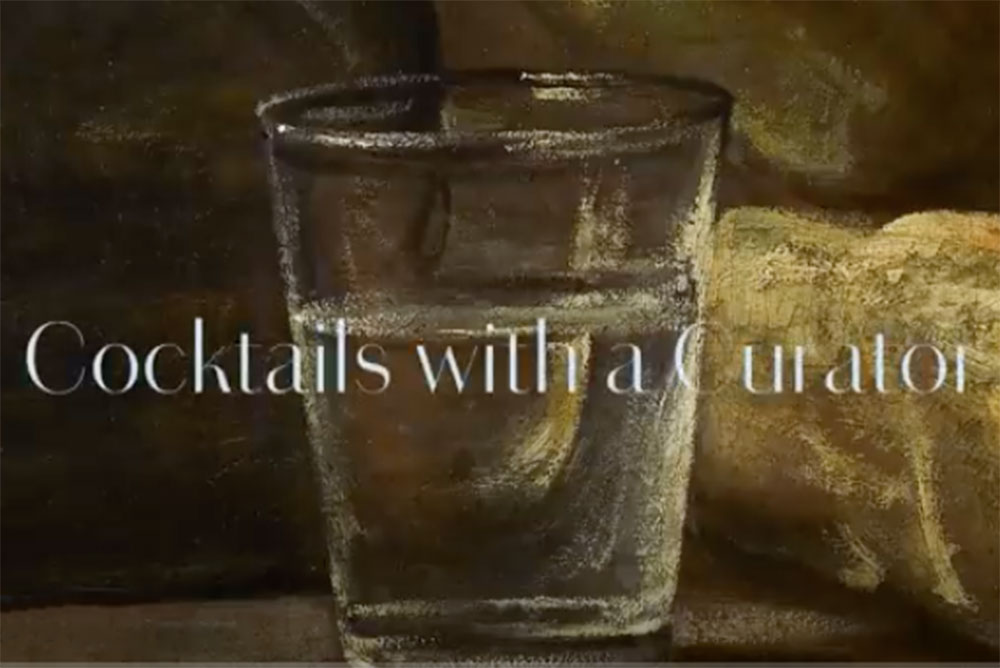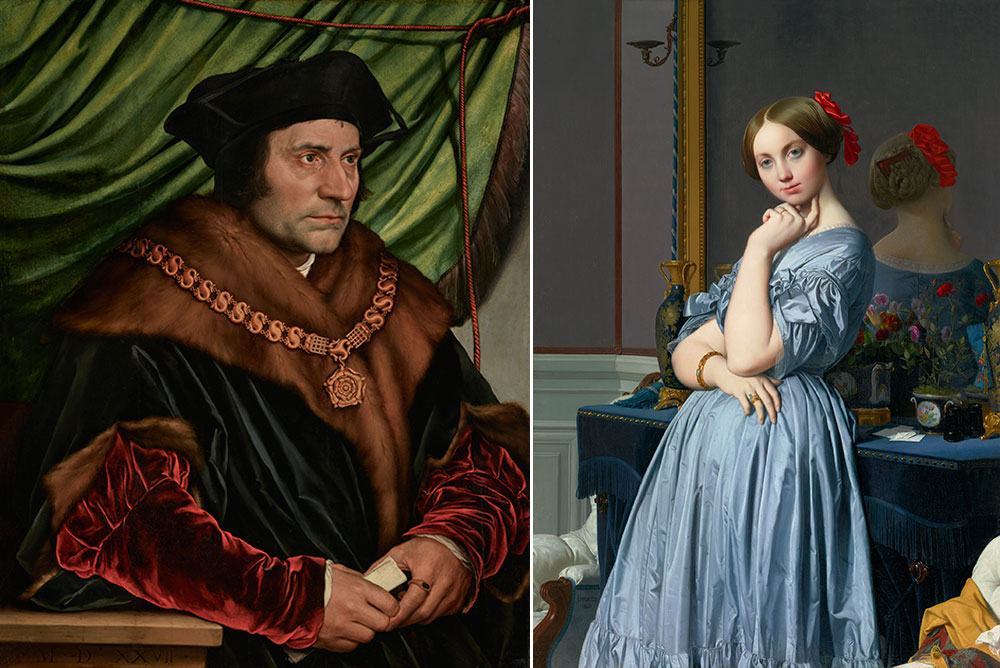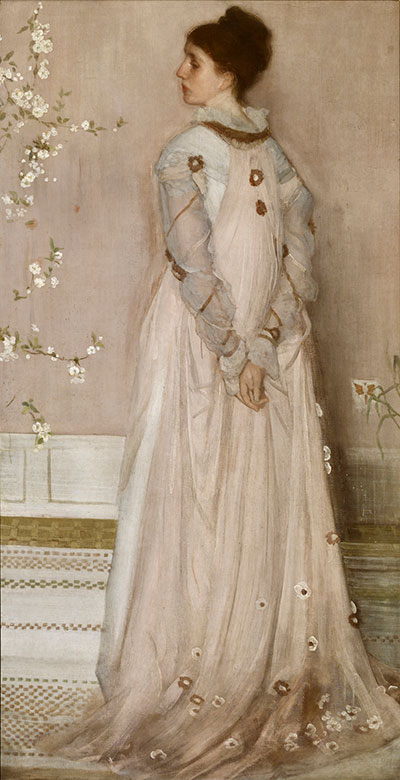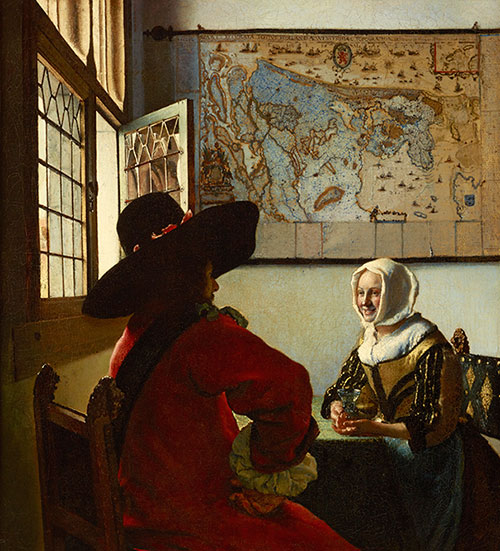 The Frick Collection’s “Cocktails With a Curator” series mixes scholarship with whimsy, the whimsy being the inventive cocktail the curators have fashioned to “match” each painting.(The background for the title page is Chardin’s “Still Life With Plums.” / The Frick Collection, New York. Photo by Michael Bodycomb.
The Frick Collection’s “Cocktails With a Curator” series mixes scholarship with whimsy, the whimsy being the inventive cocktail the curators have fashioned to “match” each painting.(The background for the title page is Chardin’s “Still Life With Plums.” / The Frick Collection, New York. Photo by Michael Bodycomb.
THOSE OF US who love pictures and museums have naturally been feeling quite deprived for the past six months. And museums have tried to buck us up with various online offerings—peeks at the picture archives, in-depth examinations of past exhibits, etc.
But the Frick Collection in New York, which will reopen in early 2021, has added another element, thanks in part to a major grant from the National Endowment for the Humanities: Since early April, the museum’s curators have been mixing scholarship with, well, mixers, making cocktails tailored to particular paintings or objects the curator discuss in a weekly video. Videos land online at 5pm on Fridays but then live on through the Internet, on the Frick site and on YouTube.com

The portrait of Sir Thomas More by Holbein and that of the Comtesse d’Haussonville by Ingres are two of the works in the Frick Collection featured in the museum’s “Cocktails With a Curator” video series. Sir Thomas’s cocktail is a Bloody Mary, and the Comtesse’s is a mixed drink based on absinthe. / The Frick Collection, New York. Photos by Michael Bodycomb.
And so we have an absinthe-based drink to salute Jean-Auguste-Dominique Ingres’s “Comtesse d’Haussonville.” Although she became a French countess, the “poster girl of the Frick” was born in Switzerland, which is where absinthe was developed.
We viewers can toast the portrait of Sir Thomas More by Hans Holbein with a Bloody Mary. Chief Curator Xavier Salomon acknowledges that the Bloody Mary of brunch fame was invented in the 1930s in Paris but points out that it was named for “Bloody Mary,” Queen Mary I, daughter of Henry VIII, who of course had More beheaded. Mary was the last Roman Catholic queen of England and distinguished herself by executing many Protestants, hence her nickname—and a cocktail based on tomato juice. (The recipes for the cocktails are given in the videos and in the text introducing them.)

The Frick Collection holds a wide variety of works by James McNeill Whistler. One of the monumental portraits is this “Symphony in Flesh Color and Pink: Portrait of Mrs. Frances Leyland,” circa 1871-’74. / The Frick Collection. Photo by Michael Bodycomb.
A small George Stubbs watercolor portrait of Warren Hastings, a governor-general of India, is saluted with a gin and tonic, in this case made with Bombay gin. And James McNeill Whistler’s full-length portrait of Mrs. Frances Leyland merits a Sake Highball, the sake being a nod to Whistler’s affinity for Japanese art and culture.
Curators Salomon and Aimee Ng do deep dives into the selected works—by Vermeer, Veronese, Bellini, Van Dyck and others—filling out the visual with the historical and cultural context of the paintings and objects. So feel free to go for the drinks, but stay for the scholarship. And as the videos sign off: “Cheers!”
—Nancy McKeon

Henry Clay Frick purchased not one but three paintings by Vermeer. Shown here is “Officer and Laughing Girl,” circa 1657. Curator Aimee Ng proposed a drink of “Dutch gin” followed by a beer to complement the painting. / The Frick Collection, New York. Photo by Michael Bodycomb.
